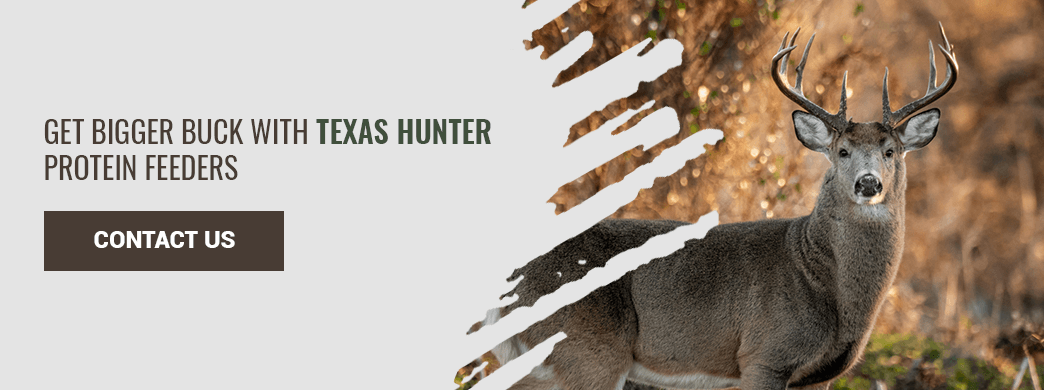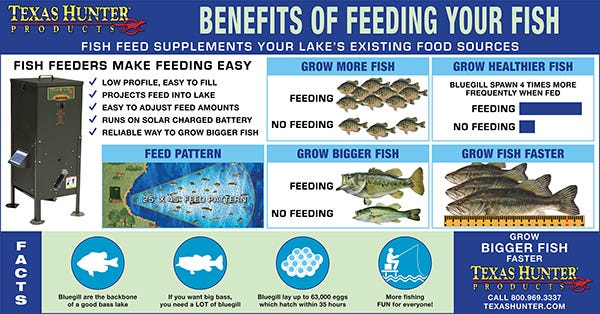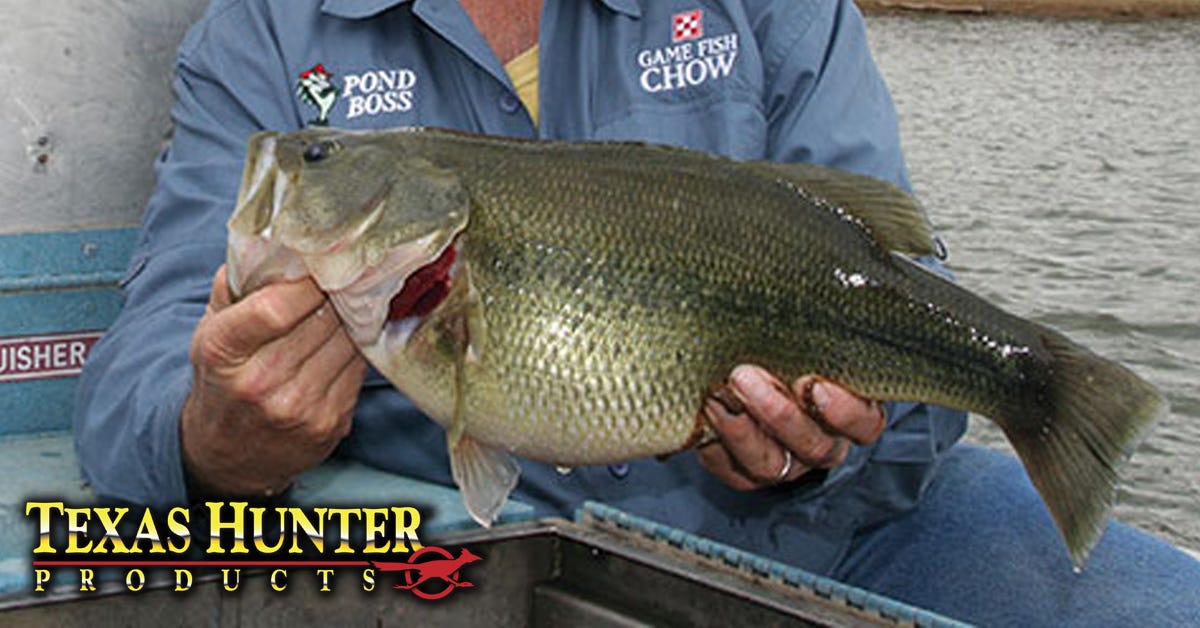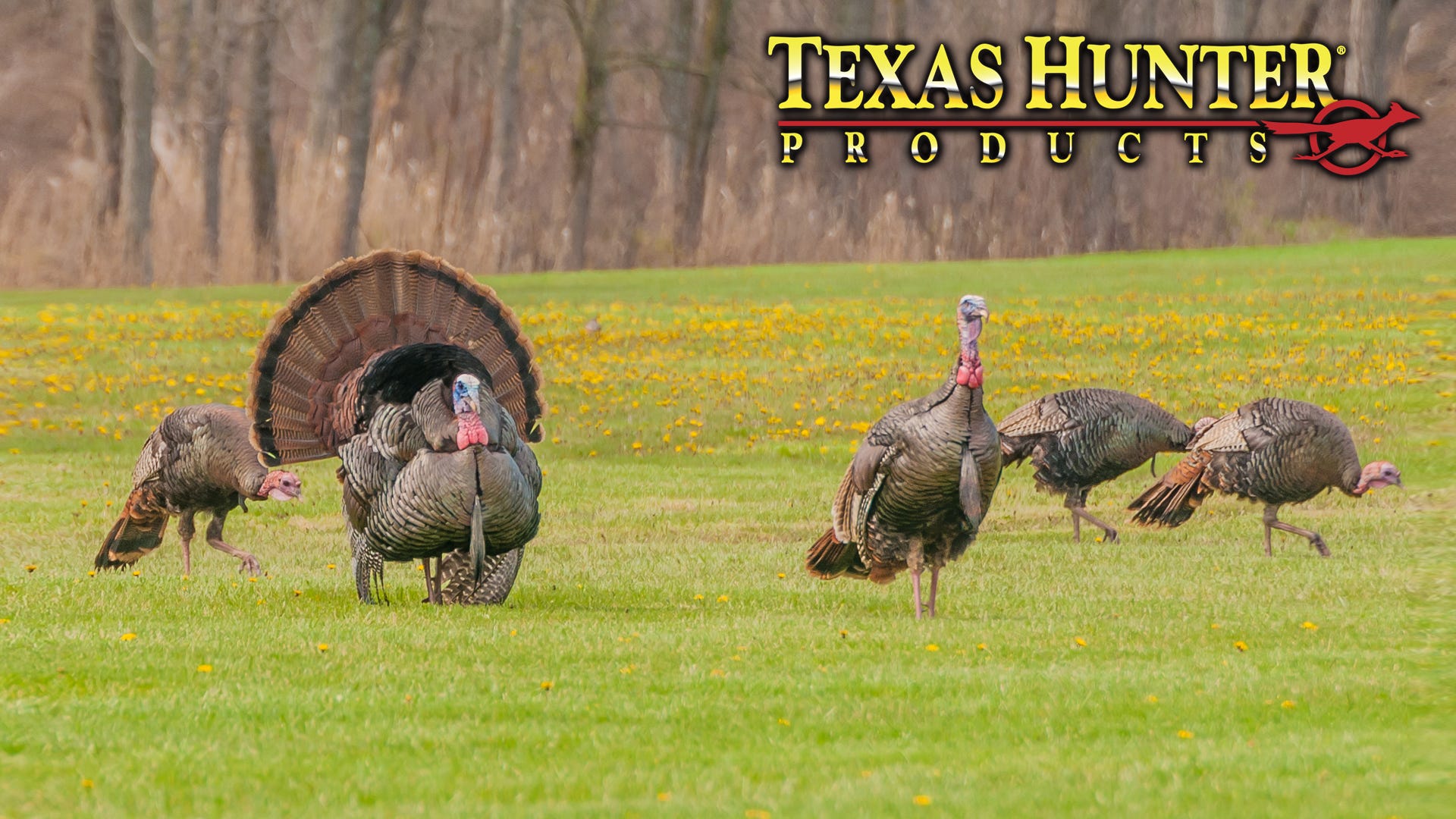- Jan 31, 2020
Whitetail Deer Antler Growth Process
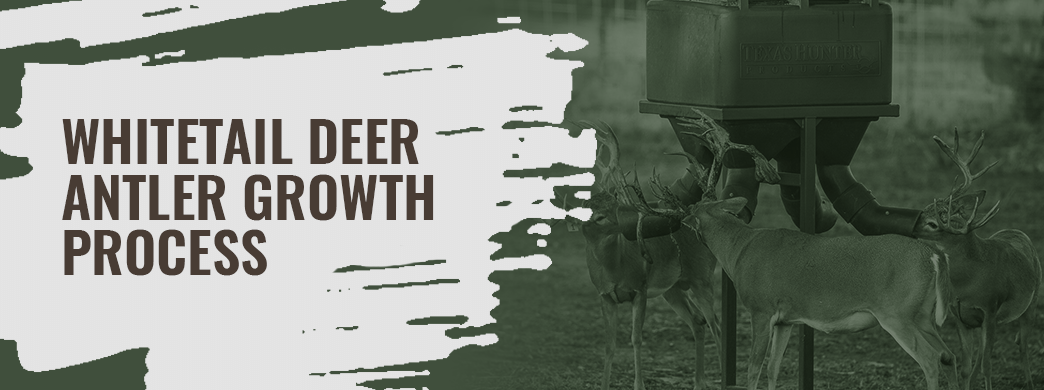
Do you want your bucks to have bigger antlers this year? Before you treat your deer, you need to understand the basics of what antlers are and how antlers form over time.
Antlers are pieces of bone that grow out of the pedicles of a deer. Nutrition, age and genetics all play a role in how fast and strong the antlers grow. Male deer, or bucks, need strong antlers during mating season to fight off their competition and stand out among their peers.
While antlers typically start forming at ten months, deer grow and shed antlers periodically throughout their lives. To help you learn how deer antlers grow, we've created this helpful guide that explains the deer antler growth process.
Whitetail Deer Antlers

Whitetail deer antlers contain bone with the fastest growing tissues in the animal kingdom. Deer antlers can grow as fast as half an inch per day. Unlike animals with horns, deer lose their antlers and grow them back throughout the year.
Antlers vs. Horns
While many people tend to confuse antlers with deer horns, the two are different from one another. Antlers are made up of living bone tissues that regenerate throughout the life of the deer. On the other hand, horns are dead pieces of keratin tissue that last the full life of the animal.
How Antlers Are Formed
Male deer have pedicles — two soft spots on their skulls. During the early spring, the pedicles grow two little stubs of bone wrapped in sensitive skin called velvet. The velvet around the stubs of antlers provides the blood and oxygen that the antlers need to fully mature.
After they have fully grown, you will see the antlers of the whitetail deer in velvet. To remove the velvet from their pedicles, deer will rub their backs and heads. This strengthens their back muscles as well as properly clears their antlers.
Can You Tell the Age of a Deer by Its Antlers?
The common belief is that you can tell the age of the deer by the size of its racks. While age does affect antler size, nutrition and genetics also play a part in a deer's antler growth. A more reliable way to tell the age of a deer is by its teeth.
When Do Deer Start Getting Antlers?
Since bucks start to develop their antlers at around 10 months, proper nutrition is essential at the very beginning of the buck's life. If you want your deer population to have stronger and bigger antlers, you should start your deer on healthy protein-rich foods just after they are weaned.
What Is Important to Whitetail Antler Growth?
Antler growth is determined by:
- Nutrition
- Age
- Genetics
- Hormones
- Injury and disease
While some of these factors, such as genetics, are out of your control, you could make sure your local deer population has adequate nutrition and is safe from injury.

Nutrition
The most important part of a deer's antler growth is its access to proper nutrition. The availability of protein-rich food in a deer's habitat will determine its antler growth. While all deer need protein, studies show that young fawns should get their protein in as soon as possible so they can have large antlers that last throughout their lifetime.
After being weaned, young fawns need their diet to be made of at least 20% protein to grow healthy body mass. Older bucks, on the other hand, should take in at least 16% protein in their diet. Bucks that follow this diet see much larger deer antlers than those that don't have access to protein-rich foods.
Along with protein, deer also need calcium and phosphate to promote healthy antler growth. Deer will take these minerals from other bones in the body to grow its antlers. Deer need the help of the nutrients in their entire bodies to grow their antlers.
Age
Bucks tend to start growing their antlers during their first year of life. You will start to see large deer antlers as the buck grows. The antlers will shed and regenerate throughout its life, but each year, the buck will produce fuller antlers.
A buck will reach its optimal antler height at six years old. As the buck grows older, its antlers will start to shrink again. Even waiting one year to hunt a young fawn could result in the buck's antlers nearly doubling in size.
The date of the fawn's birth also determines how quickly antlers will grow. Deer born in later months may take longer to develop their antlers. When fawns are born in the spring, there are more nutrients available, so they will be more successful in their antler growth.
Genetics
Like all other mammals, each deer contains a unique set of DNA passed on from its parents. While some deer can have pointy deer tines or a short deer rack, others can develop long antlers and complex tines. The pedicles of a deer, like human fingerprints, are all unique.
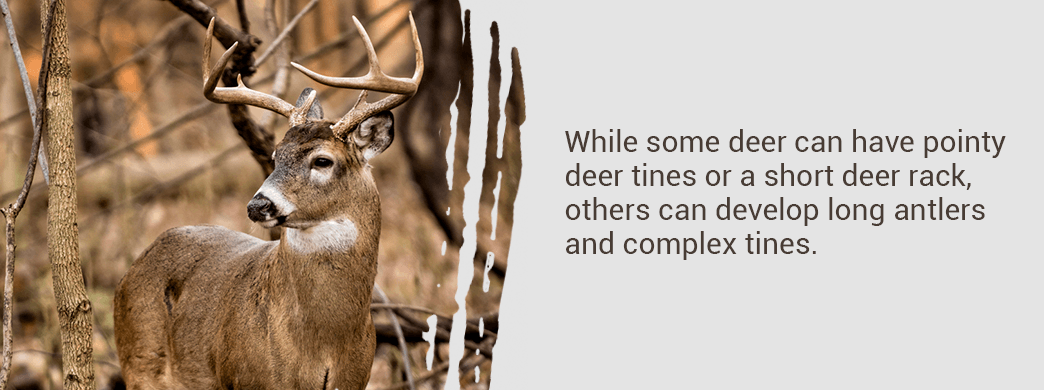
Hormones
The growth of deer antlers is related to the deer's hormone levels. Its hormones drop when the deer sheds its antlers, and as the antlers grow, hormone levels increase. When a deer sheds its velvet, its hormone levels have reached its highest point.
Due to hormonal imbalance, sometimes female deer start to develop antlers. Although they are smaller than buck antlers, you may find does with short antler stumps in their skulls.
Injury and Disease
Deer try to avoid injury during their velvet stage. Any damage to their antlers during the growth process could result in abnormalities. A deer's antlers need calcium and other minerals from the rest of the body's bones to grow properly. Any injury or disease in the rest of the body can hinder whitetail deer antler growth.
Of course, genetics are difficult to manage if you want to grow bigger deer antlers in your deer population. While you may not know each individual deer's parents, you can look at the deer in your area since they are all most likely related. You should watch for trends in antler size and shape in your area during the spring and summer to prepare for hunting season in the fall.
Deer Antler Growth Over Years
The buck reaches antler maturity at six years. Over its lifetime, the deer will develop and shed antlers, with new, uniquely-shaped antlers appearing each time.
Generally, antlers grow in about 120 days. This timeline of deer antler growth by year demonstrates what antlers will look like with age after the deer grows and sheds its antlers throughout the year.
One Year Old
Young fawns will reach about 10% of their optimal antler growth. While their antlers come in all shapes and sizes, most of their antlers look like thin beams sticking out by their ears. The deer that will have the strongest and largest antlers later in life are those that have multiple tines at a young age.
Two years Old
At two and a half years old, a buck will reach about 25% of its optimal antler growth. By this point, a healthy buck should have antlers as wide as its ears. They may also start showing signs of how many deer tines they will have when they fully mature.
Three Years Old
Most bucks have reached more than half of their optimal antler growth by three years old. At this age, its neck should be full and its chest should be deep. The spread of the antlers should grow past the width of the ears with an adequate mass.
Four Years Old
At four years old, the buck has developed into a strong, healthy deer. It is skinnier than it will be at full maturity. Most bucks reach more than three-quarters of their optimal antler growth at age four.
Five to Seven Years Old
Generally, bucks' antlers fully mature between five and seven years old. During this time, they have also reached their optimal body mass to have a full, strong appearance. The fullness and complexity of their antlers will depend on their access to nutrition and their genetic makeup.
Eight Years and Older
Since most free-range deer are hunted during their prime age of five to seven, you will find few deer older than eight years old. Until this age, deer antlers get bigger each year. As deer age, the shape and size of their antlers will decrease and their body mass will shrink. A deer of this age will have weathered antlers to show their fights with other deer and their journey through life.
Whitetail Deer Antler Growth Process
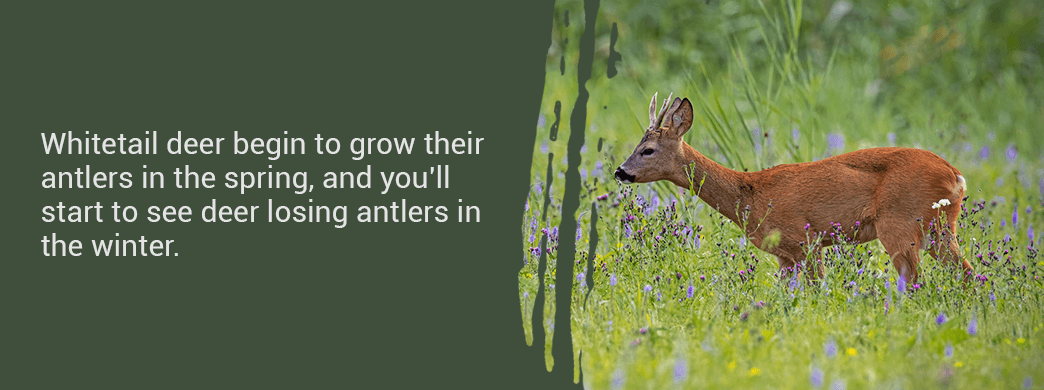
Whitetail deer begin to grow their antlers in the spring, and you'll start to see deer losing antlers in the winter. Here is the general timeline of the whitetail deer antler growth process by month.
April
Deer begin to grow antlers between late March and early April. During this time, two stumps of bone pop out from the deer's pedicles, wrapped in a thin layer of velvet skin. The velvet contains the oxygen and nutrients needed for the antlers to grow into healthy, mature antlers.
When the antlers of the whitetail deer are in velvet, deer try to keep their antlers from injury. Any injuries brought on by weather, knocking into objects or other deer could result in abnormalities in their antlers. Since deer use nutrients from their entire body — such as the bones in their legs — they need to have proper nutrition from a young age.
April 1:

April 15:
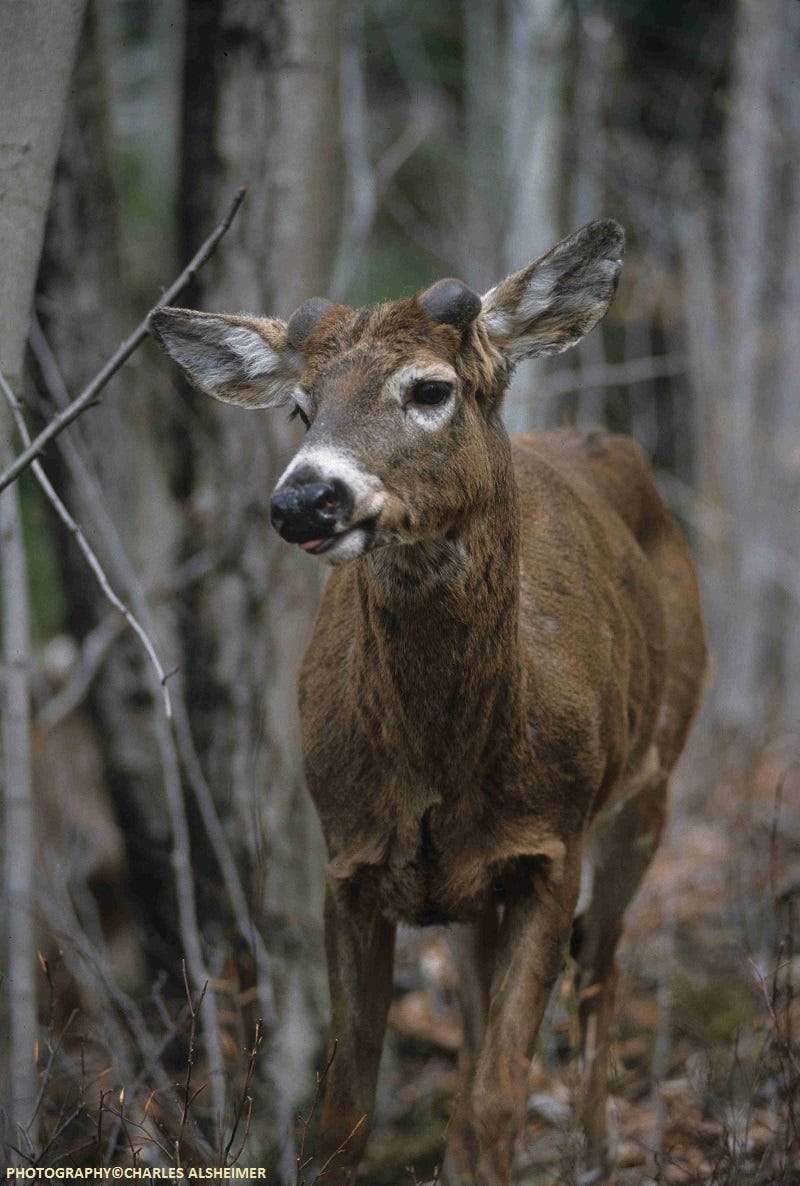
May
In the middle of spring, May is when more nutritious foods are available to bucks. During this time, whitetails prefer food and forage that is high in protein and other essential nutrients. With time to fully recover from the winter, the whitetail deer's body can now fully focus on antler growth.
At the end of May, deer should start to show a second point on their deer rack. The antler beams should also be about half of what their length will be at full maturity.
May 1:
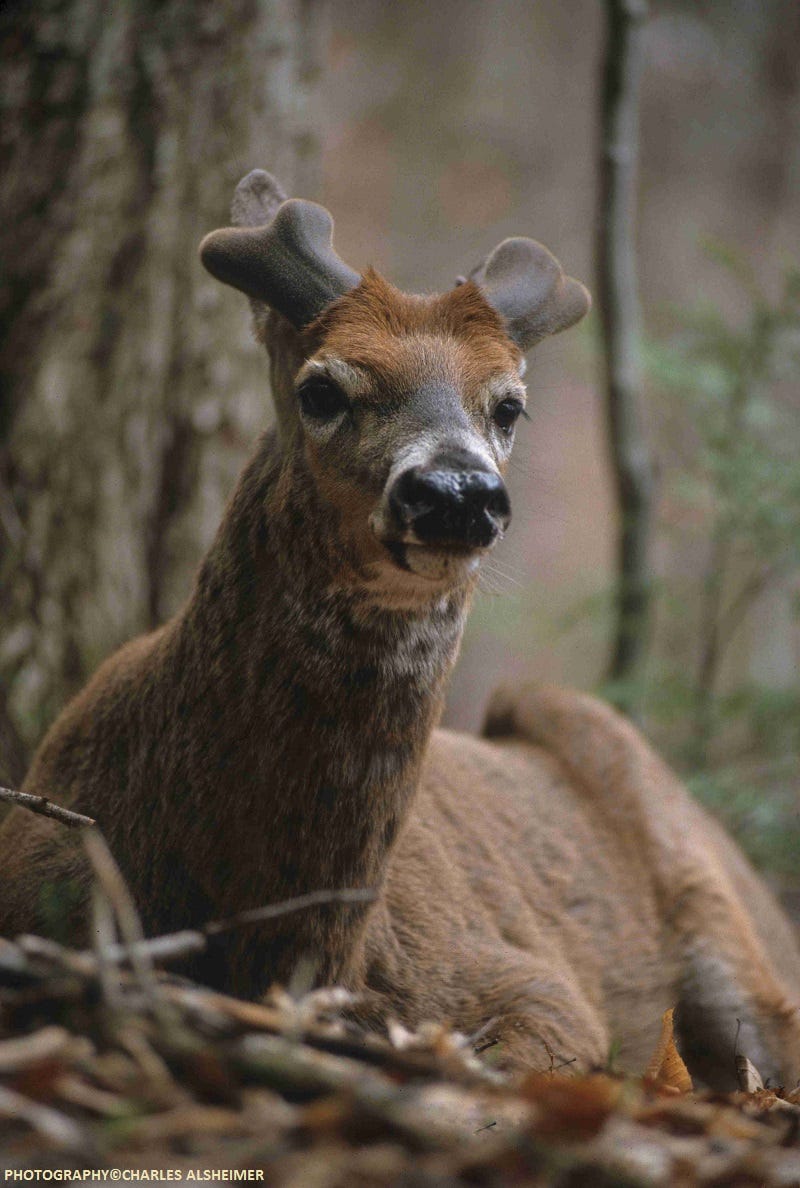
May 15:
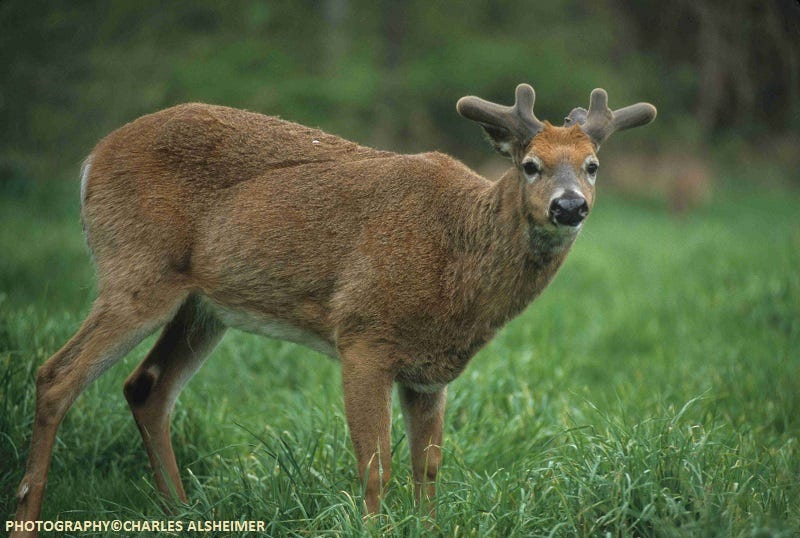
June
During the summer, after a healthy season of rainfall, lush, nutritious food will be available for deer to continue their growth process. With more daylight available in June, deer produce the hormones needed to accelerate the antler growth process. By the end of June, a deer will have grown nearly all the primary points on its antler racks.
June 1:
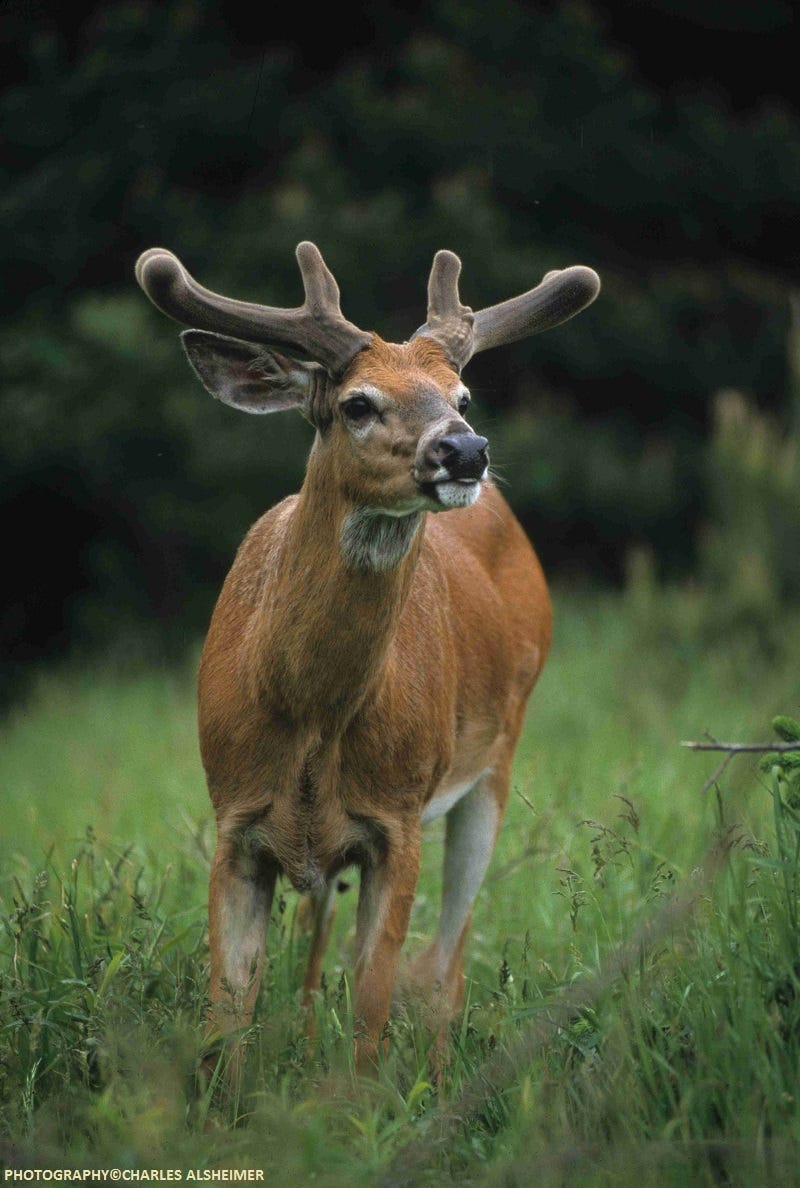
June 15:
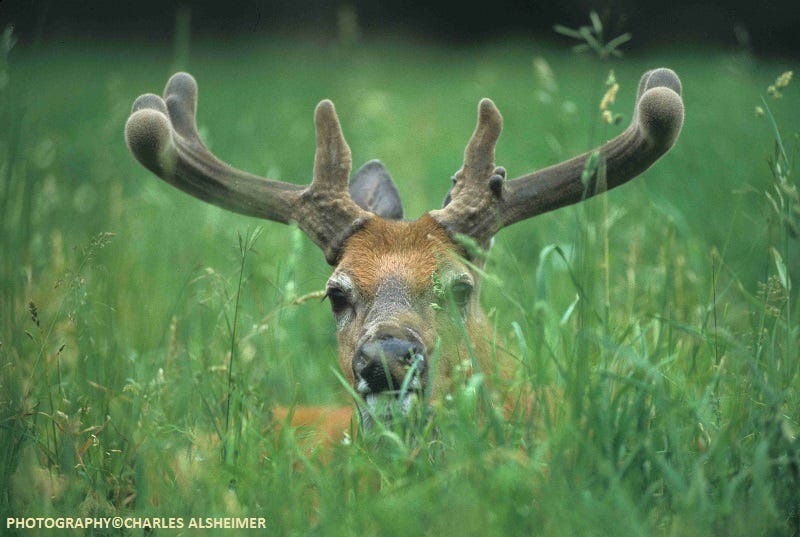
July
At the beginning of this mid-summer month, the buck's antlers should be very bulbous. Throughout the month, the beams and points of the antler will grow. By the middle of July, the buck should have massive mature antlers.
Adequate rainfall in the spring and summer will make more nutrition-rich foods available to deer to promote health antler growth. Antler growth could be hindered by a drought and a lack of nutritious foods for the deer. By the end of July, most bucks' antlers have fully formed, and they can begin the hardening process.
July 1:
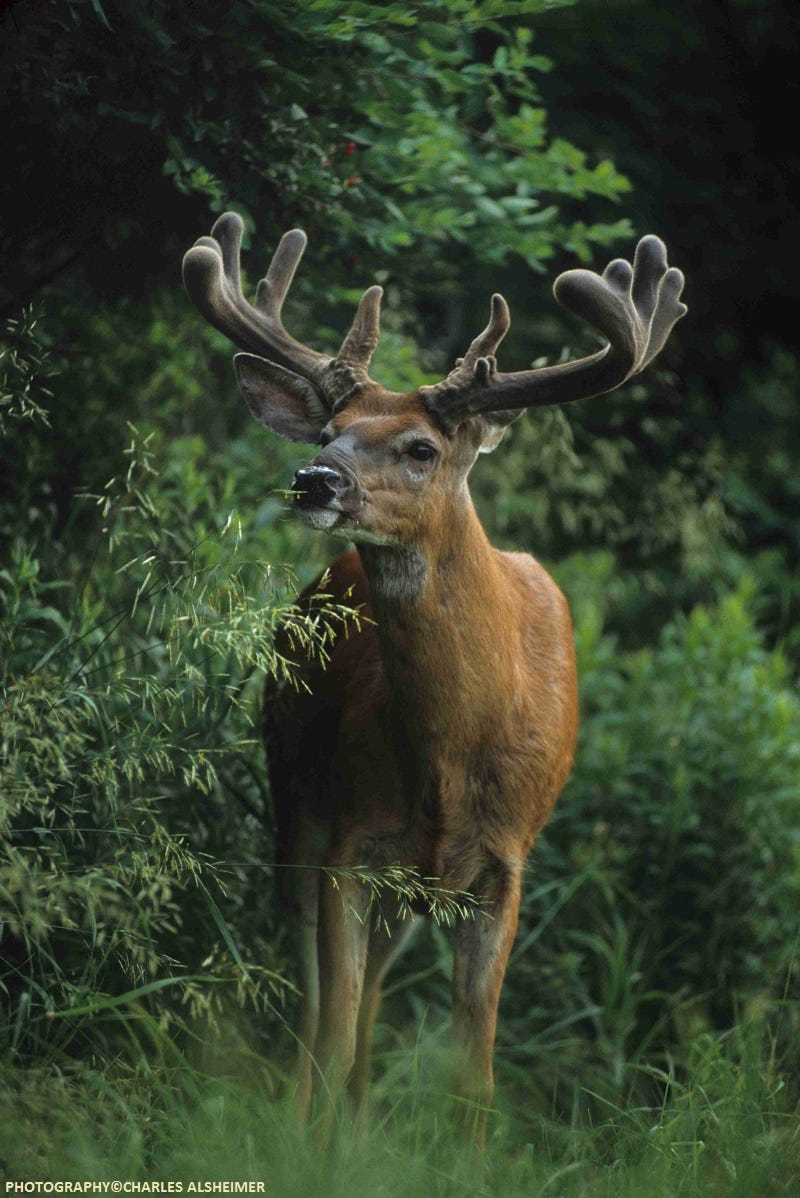
July 15:
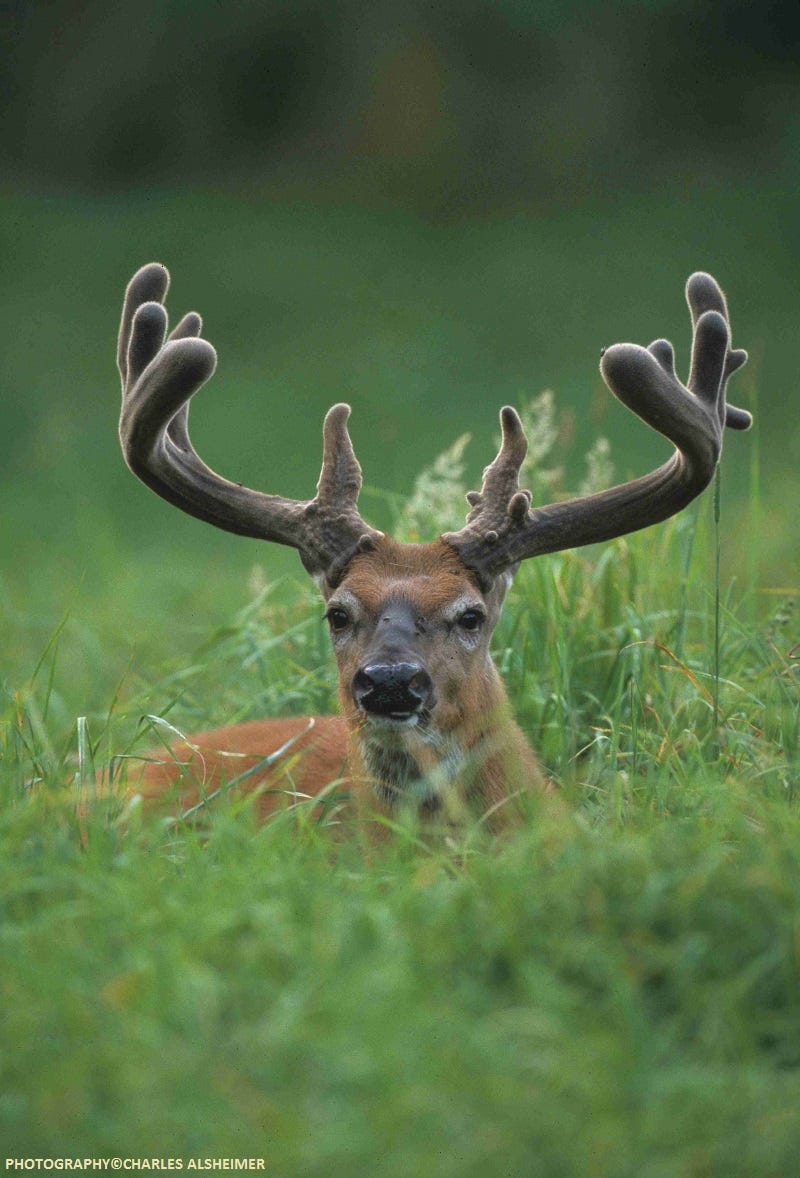
August
Most bucks will complete their antler growth in the middle of August when the blood flow to the antlers decreases. The antlers will harden over the next 20 to 25 days. During this time, the antlers seem to shrink because of the velvet shrinking.
When a deer's antlers are fully mature, the antlers are cut off from the animal's blood supply. In the summer, you may find bucks of different ages traveling together. In late August through mid-September, the velvet dries up and the deer rub it off, strengthening their back muscles and antlers for mating season.
August 1:

August 15:
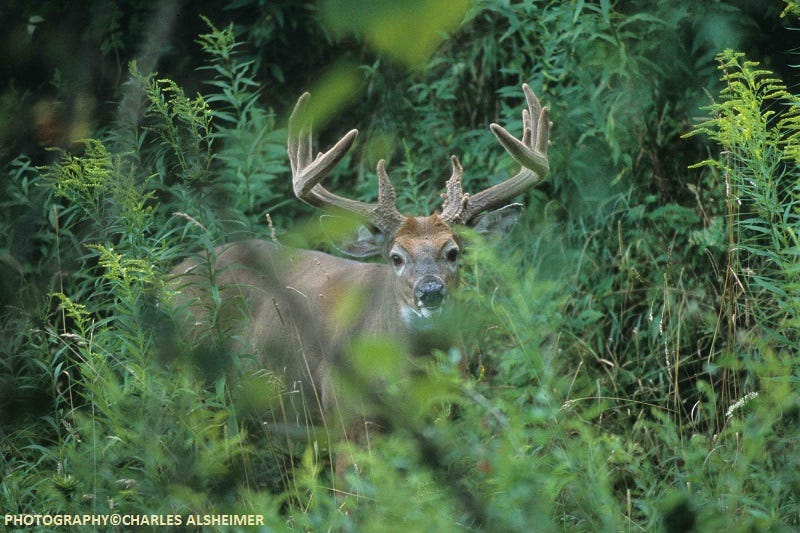
September, October and November
In the fall, bucks start the rut or mating season. As their testosterone levels rise, they leave their groups and start to branch out on their own. By this point, their antlers are hard and ready to fight for their mates.
At the end of October and the beginning of November, the mating season is in full swing. The fall is when most hunters see bucks freely moving around their property.
October:

December, January and February
As the temperature starts to drop, deer shed their antlers. The deer will start preserving energy to keep warm and will build up energy to start growing its antlers back in the coming months. They will spend these months gathering food to prepare themselves for the spring.
Get Bigger Bucks With Texas Hunter Protein Feeders
If your hunting area needs a boost of protein-rich foods to promote large deer antler growth, our team at Texas Hunter Products has a wide selection of protein feeders for the deer and fawns in your location. You can use our gravity feeders in year-round to give your local deer the nutrients they need to grow bigger antlers, and grow them faster. Our high-capacity protein feeders are available in several capacities and are designed to make supplemental feeding easy.
Protein pellets provide high-quality nutrition for your deer, and the feeders have UV protection for years of continuous use. Contact us online for information about our protein feeders and to find a dealer near you.
Compared to the photos, where are your bucks at?
Courtesy of Charlie Alsheimer via Legendary Whitetails


